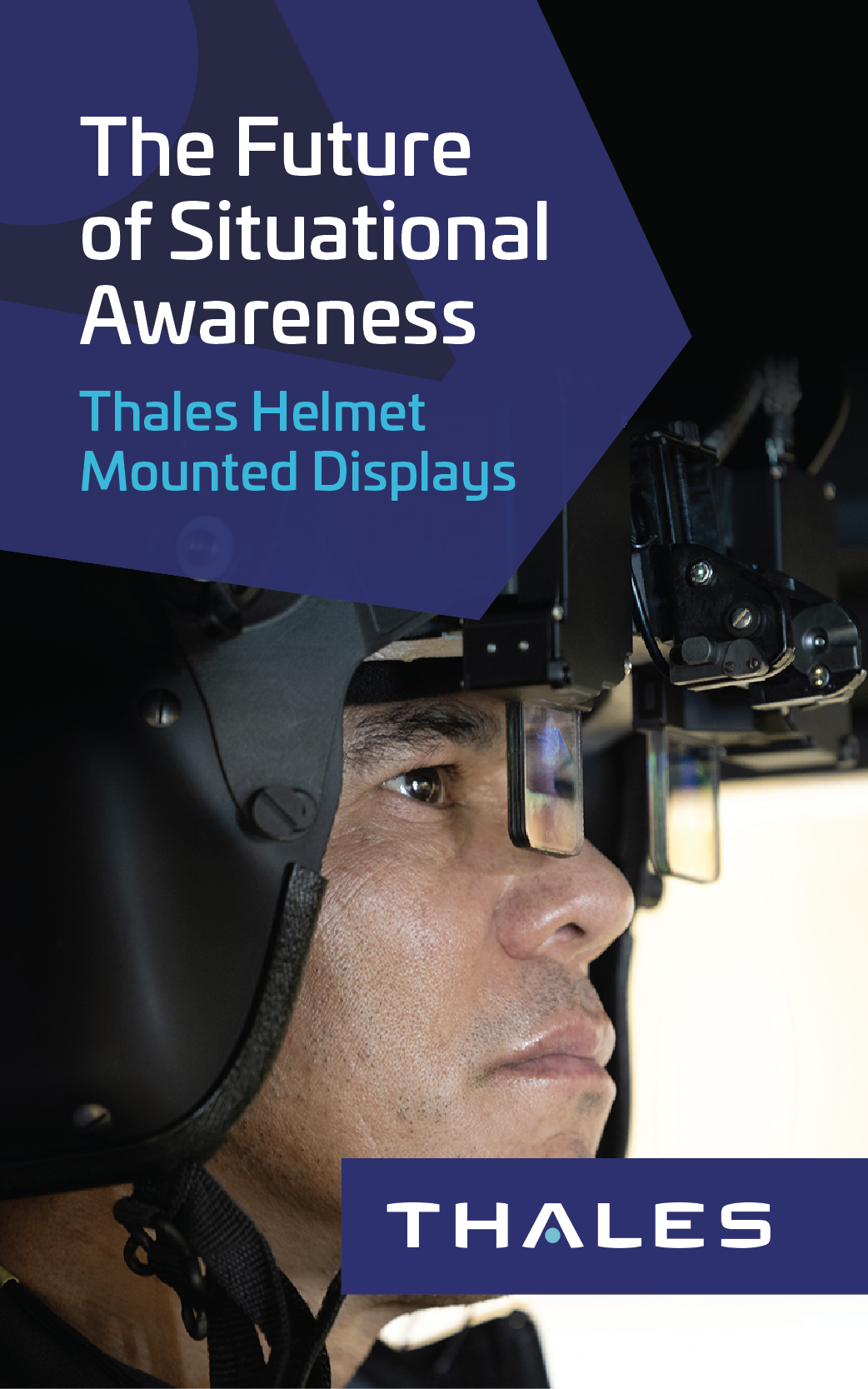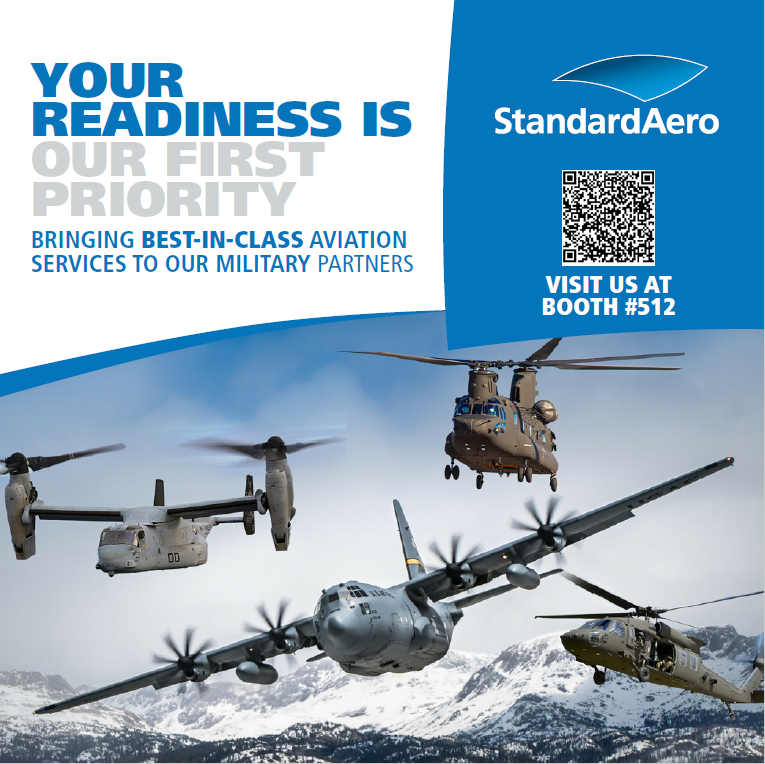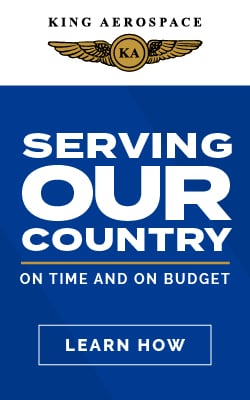
Looking Back / Army Aviation, September 2022; By Mark Albertson
Sixty Years Ago:
The Howze Board
Part II
By Mark Albertson
* * * * *
1957, General Hamilton H. Howze, then Director of Army Aviation, in concert with Colonel Claude Sheppard, attempted to sell the Sky Cavalry idea, as put forth by Brigadier General Carl Hutton, General James Gavin and other practitioners of Airmobility. This effort was to impress upon the military and civilian planners at the Pentagon, the benefits of Airmobility as a counterweight to the Soviet preponderance in tank armies in Eastern Europe that had been massed to overwhelm NATO forces in the event of a continent-wide clash in Europe.
The Sky Cavalry response to the potential of Soviet armored thrusts was based upon the Red Army’s dependence upon an infrastructure of earth-bound transportation, as opposed to the Sky Cavalry units operating uninhibited by the topographical impediments faced by ground forces, such as trees, rivers, hills. . . This freedom of movement will be enjoyed by Airmobile units, as they move troops, artillery, engineers, in concert with Close Air Support; which in not too distant future will include rotary wing tank busters. The mobility inherent in such formations could strike Soviet spearheads, control bridges and chokepoints during an advance or withdrawal, or act in support of friendly armored spearheads. Of course, a major drawback here at this point was that anti-tank rotary wing-type aircraft were not yet available.[1]
This leads, of course, to a curious reality developing in that interim period between the Rogers and Howze Boards: That being, that as the Army proceeded with such an agenda, it was only going to inflame Air Force concerns of a rival air force controlled by the Ground Forces; while at the same time, the requirements of the Foot Sloggers was growing ever more sophisticated; thereby, creating that resolve to prevent that possibility of their aerial assets being reduced to the status of that of a trucking company; that legitimate combat capability needed to be developed.[2]
Yet Army Aviators had already been using the helicopter to shuttle troops in and out of combat environments, beginning with Korea. And following this, there were combat environments not of a conventional variety, as opposed to that of a counterinsurgency. “In fiscal year 1963 alone, Army helicopters flew some 100,000 sorties and transported 275,000 South Vietnamese and 2,000 tons of cargo.”[3]
The political perception of Airmobility was evolving. That to accomplish the mission of supporting the rifle totter, the Army “must move through the air to an ever increasing degree if it is to accomplish its mission . . . Army Aviation is clearly one of the essential elements of the Army’s overall capability. Air vehicles are bringing about a revolution in the Army’s overall ability to surmount obstacles of time and terrain in the movement of troops, weapons and supplies . . . Airmobility, which may well prove to be the decisive factor on any battlefield of the future, would be a paramount importance in coping with the effects of nuclear weapons should they be used.”[4] Such were the words of Secretary of the Army, Elvis J. Stahr.
On March 22, 1962, at an Association of the U.S. Army meeting, Secretary of Defense, Robert McNamara, was asked about weight restrictions on Army aircraft, to which he stated that the Army would not be saddled with such handicaps, maintaining what he had stated earlier at a House Subcommittee on Defense Appropriations, when questioned about the 5,000 pound weight cap, “We are not applying any such limitations.”[5]
McNamara’s remarks forecast a significant change in the wind. The Rogers Board indicated a willingness to “update” the Army’s aerial assets for that realization fast becoming reality that aircraft were necessary for the shuttling of ground troops in the post-1945 era. But, little in the way of combat doctrine had even been broached, avoiding, perhaps, scratching the scab of that wound known as Roles and Missions, which would have led to the predictable Air Force reaction to what it views as a threat to its turf by the Army.
But the Rogers Board had been convened in the twilight of the Eisenhower Administration. McNamara represented the new guard, the Kennedy Administration. The New Look Defense Strategy, with its accent on Massive Retaliation, was giving way to Flexible Response. The new President saw this vibrant superpower as able to protect its interests and prosecute the Cold War competition with Moscow with a more balanced approach to military doctrine. Where the New Look Defense initiative favored atomic weaponry with its bias towards the Air Force, followed by the Navy, conventional forces would see a resurgence, due to the former Massachusetts Senator’s proclivity towards counterinsurgency. Hence Vietnam. In other words, just as NSA ’47 was a Magna Carta for the Air Force, Flexible Response would be the Magna Carta for Army Aviation.
* * * * *
December 1961, the 8th Transportation Company (Light Helicopter) and the 57th Transportation Company (Light Helicopter) had arrived in Vietnam, followed in January 1962 by the 93rd Transportation Company (Light Helicopter). America’s commitment, then, to Saigon seemed assured. At the same time, though, the Airmobility Concept, it seemed, was on trial. Only the troops to be shuttled were not going to be American, but those of the Army of the Republic of Vietnam. Meanwhile events in the United States proceeded apace . . .
. . . with American helicopters and Army Aviators deployed, testing a concept without accepted doctrine, official Washington moved to accommodate the Army.
At the same time, the Air Force did not ignore the change in regimes in the White House. 1961 saw an expansion in strategic airlift capability, including an increase in the fleet of C-130s, cargo versions of the KC-135 tanker, effecting the development of the C-141 cargo transport.[6] Be that as it may, the Army was not wasting time acting on its Magna Carta.
Next month, Part III, “Sixty Years Ago, The Howze Board.
Endnotes
[1] See page 98, A History of Army Aviation, by Dr. John W. Williams.
[2] See page 38, “Army Aviation 1970,” Army Aviation, January 1962, by Lieutenant Colonel Morris G. Rowlings.
[3] See page 18, “The Army and the Transformation, 1945-1991: Implications for Today,” by Lieutenant Colonel Arthur W. Conner, Jr., U.S. Army.
[4] See page 166, “Army Flying is Not an End in Itself,” Army Aviation, April 1962, by Elvis J, Stahr.
[5] See page 23, “The Weight Limitation—May it Rest in Peace,” Army Aviation, by Brigadier General Delk M. Oden, May 1962.
[6] See page 12, “The 1962 Howze Board and Army Combat Developments,” by J.A. Stockfisch.


























